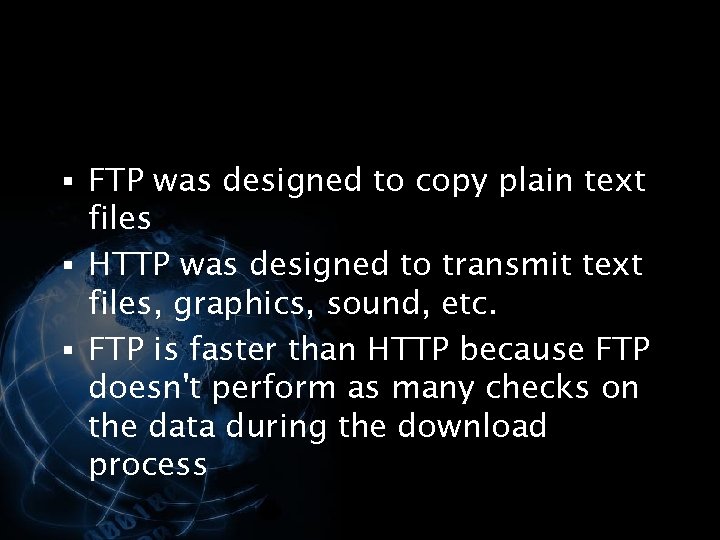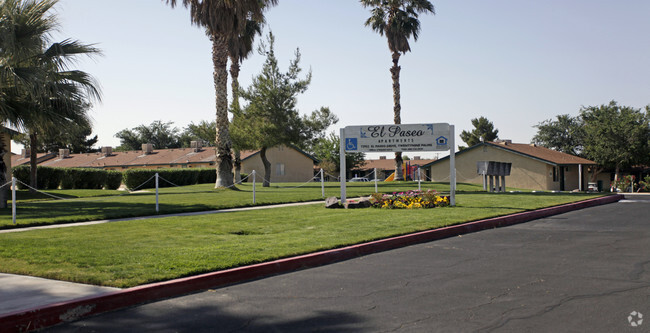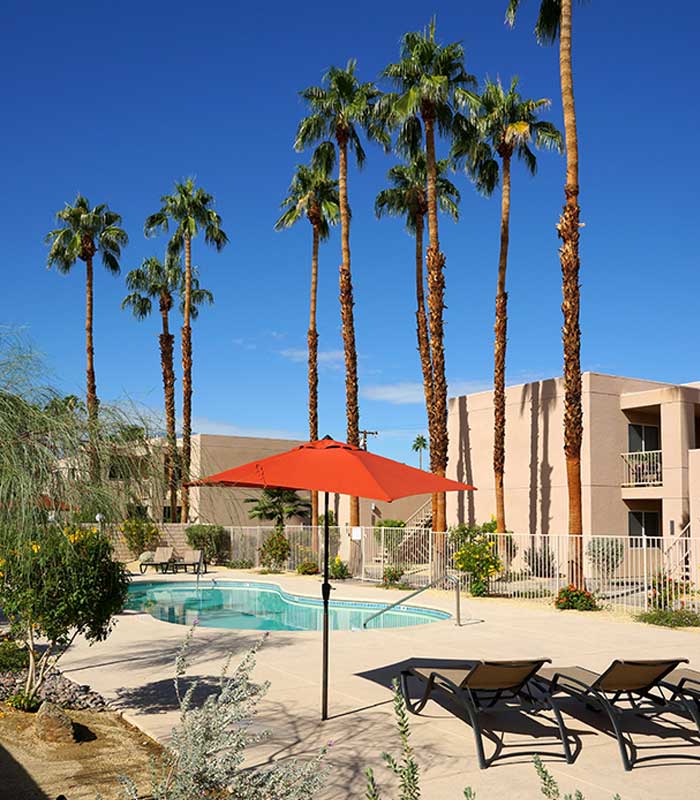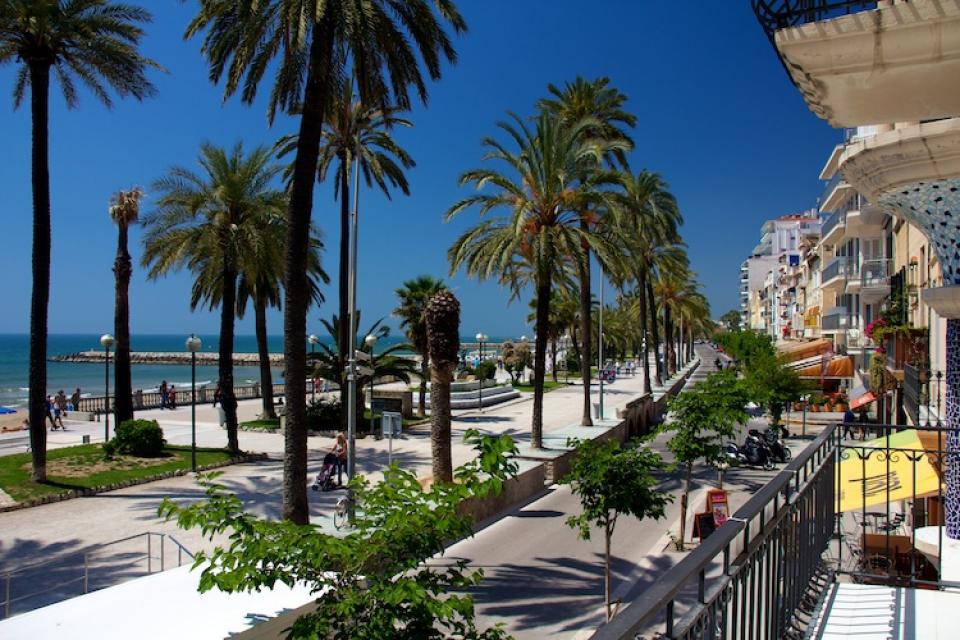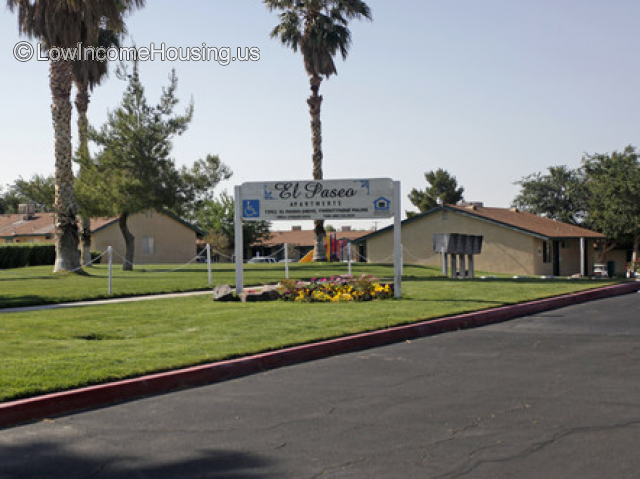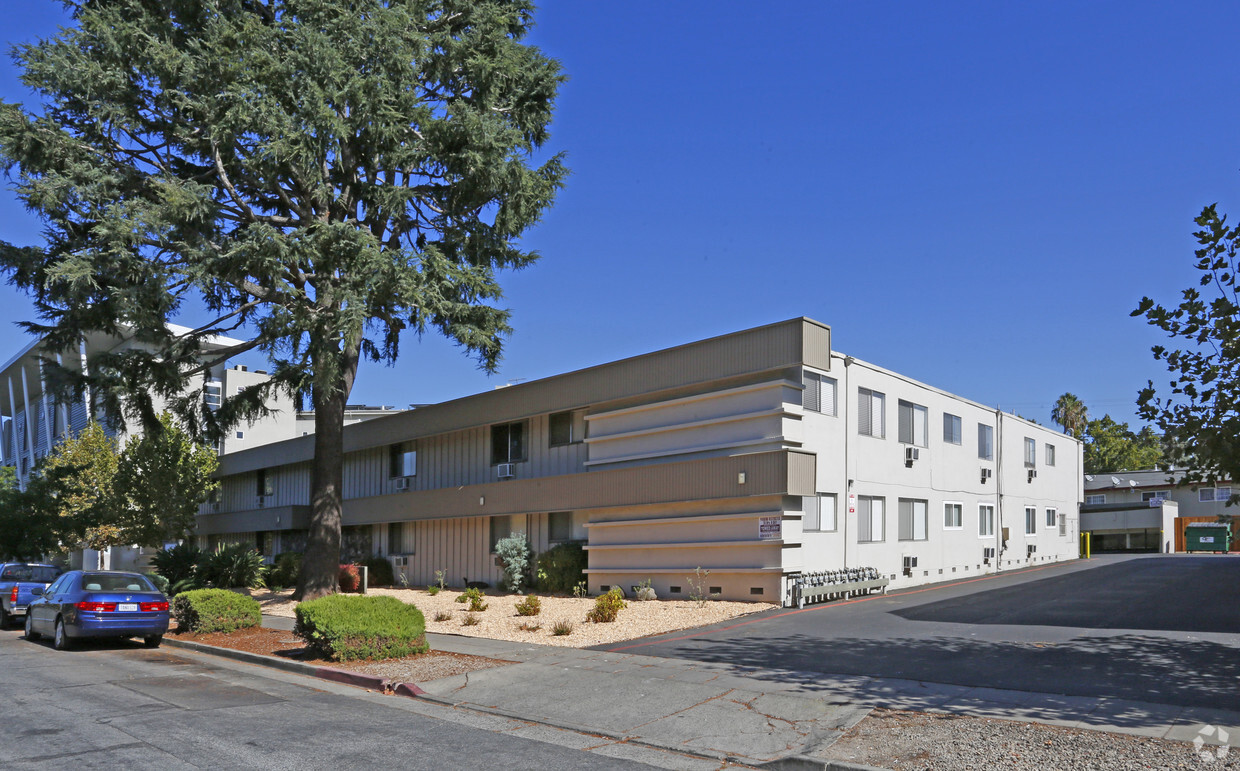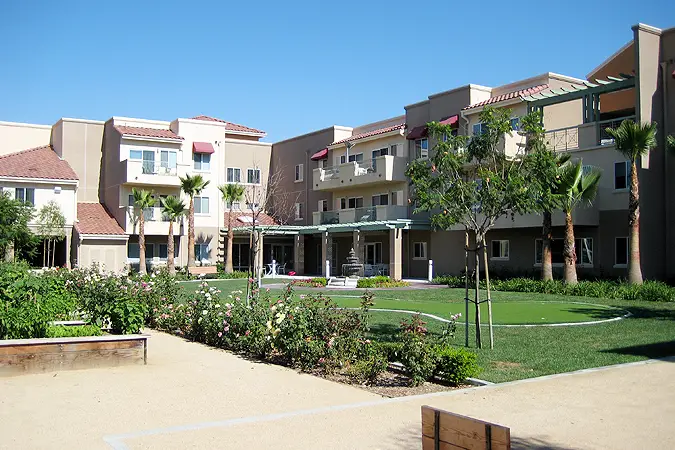Table of Content
Again, you’ll need Google Assistant to link your shared calendars with your Google Home device. This connection means you can sync your calendar regardless of the smartphone, tablet, or computer you use. So, if you’re an iPhone and iPad user — you can still sync your calendar to Google Home. Right out of the box, your Google Assistant will automatically use your main calendar to create new events. If you’d rather use a different calendar, you can easily change your settings in your Google Home app.

The name that all your automations/scripts will use to reference this device. Home Assistant will wait for a short time while you complete the authorization steps, checking in the background for the authorization to be completed. From the list, search and select “Google Calendar”. To do this, simply click the drop down box and select your email address. The wizard will ask you to choose a project to manage your application. You need to configure developer credentials to allow Home Assistant to access your Google Account.
Which Calendars Are Compatible With Google Home?
A box will open asking you how you want to create a new automation, choose start with an empty automation. Google Calendars can be utilized with automations, which are displayed on the calendar dashboard. The calendar dashboard can be found by clicking calendar on the left-hand sidebar. Google will warn you that the app hasn’t been verified.

To enable your Google Assistant speaker to read your calendar aloud, or your smart display to show it, make sure you turn on “Personal results” in your settings in the Google Home app on your phone. All in all, Google calendar events can be automated as much or as little as you want depending on your needs and use cases. To be notified before the game starts, we need to create a new sensor called time_until_msu_football, that way we can trigger an automation before the event starts. I already have a script setup called script.office_writing which triggers my Spotify playlist and sets the desired lighting. So let’s write an automation to trigger these events from the calendar. Yesterday I wrote about the new features coming to Google Home and lamented that Home still couldn't do useful things like letting you send a note to yourself or add an event to your calendar.
Add the Google Calendar widget
To allow creation and modification of conference details, set the conferenceDataVersion request parameter to 1. Ensure the authenticated user has write access to the calendar with thecalendarId you provided (for example by callingcalendarList.get()for the calendarId and checking the accessRole). Google is always tweaking and upgrading their products so it's a safe bet that the sometimes-it-doesn't-work problem will be fixed. Google may even give Home the ability to parse a single " at " statement into two distinct types of information. Even as it stands, however, Home's ability to add events to your Calendar is a huge improvement.
If you have an error with your credentials, you can delete them in the Application Credentials user interface. Follow the instruction on screen to complete the set up. Set the Application type to TV and Limited Input and give this credential set a name (like “Home Assistant Credentials”) then click Create. You will then be automatically taken to the Scopes page. You do not need to add any scopes here so click Save and Continue to move to the Optional info page. You do not need to add anything to the Optional info page so click Save and Continue which will take you to the Summary page.
See how to add the widget to your home screen
This will only be available if you have given Home Assistant read-write access in configuration options. Each Google Calendar from My Calendars is represented as a calendar entity in Home Assistant. Continue through the steps of selecting the account you used when creating the credentials in the Google Developer Console.

WikiHow is a “wiki,” similar to Wikipedia, which means that many of our articles are co-written by multiple authors. To create this article, volunteer authors worked to edit and improve it over time. This comprehensive tutorial will show how to add an event to your Google Calendar.
If this is 30-minutes, then all events you add will be in 30-minute blocks unless you specify otherwise. Initially released in the U.S. in November 2016 — Google Home — is a wireless speaker that lets users speak voice commands to control services like Google Play Music, YouTube, Spotify, Netflix. Google Home also controls smart devices from Nest, Logitech Harmony, Philips Hue, LIFX, SmartThings, and LightwaveRF. For scheduling apps, a useful tip is that we can create a Google calendar event by calling a URL that initiates the creation of an event in a new Google calendar web browser window. The calendar entity has additional attributes related to a single next upcoming event.

To hear events for a shared calendar, check the box next to it. On your phone or tablet, you can ask your Google Assistant to cancel or reschedule an event, like a meeting. If several people are using the same device, you’ll need to set up a voice match so that the Google Home device can determine who it is who is talking. As long as you have a Google account, then you have both Google Calendar and Google Assistant. If you use Google Calendar, then here’s how you can sync your calendar to Google Home. First, you need to download the Google Home app and make sure that your phone and speaker are on the same WiFi network.
Sign in to the same Google Account that’s linked to your device. You can make a template with a trigger for a specific event but there is not really an easy way to search. The rest API can scan over a range, if you are comfortable with JavaScript and frontend ui cards.
In the bottom right of the screen click create automation in order to create a new automation. The calendar module in Home Assistant, accessible from the left-hand side bar, will synchronize with your Google calendar. Your calendar named MyAwesomeCalendar will appear as an entity in Home Assistant called calendar.MyAwesomeCalendar. Go ahead and enter the OAuth details and then click create. Once the Google Calendar integration has been added, next we will need to set it up. Next click the create button to create the OAuth credentials.



